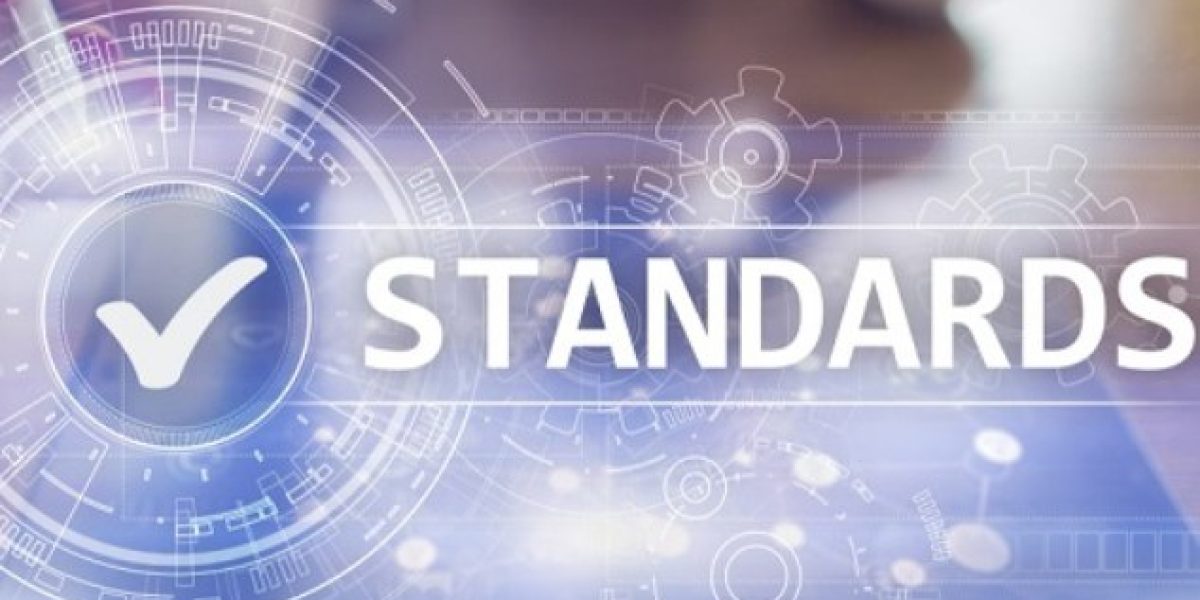These are challenging times for Standards Development Organizations (SDOs). Standards-making has always been an expensive undertaking – especially for accredited, consensus-based standards – yet revenue streams to fund the process are under unprecedented levels of threat in the digital age.
The old reliable – print revenues – that worked so well for many decades are now all but gone. The obvious digital substitute of these print revenues – PDFs – is increasingly looked upon with frustration by consumers of standards. Consumers of the standards want to be able to integrate standards content into their workflows so they can be notified about what is changing and what the impact of the changes are.
SDOs find themselves caught in a bind. They need to generate revenues from their standards to fund their standards-making processes. Their customers like the products – the standards content itself – but they mostly dislike the paper-centric (PDF) mode of delivery that goes with it.
Consumers of technical standards are increasingly very high-tech enterprises. They look at other knowledge-intensive aspects of their businesses and see automated data update solutions to help them efficiently make decisions and execute quickly on opportunities.
Consumers of technical standards are increasingly very high-tech enterprises. They look at other knowledge-intensive aspects of their businesses and see automated data update solutions to help them efficiently make decisions and execute quickly on opportunities. In some instances, they see external standards partners that have moved past PDF in their digital platforms.
They see significant standards value-add in the form of tools for operationalizing the standards within the enterprise. Examples include summaries, commentaries, checklists, flowcharts, how-tos, FAQs, machine-readable technical tables, training modules, version compare, fine-grained alerts, business application integration…all typically classified as “Practice Aids.” Customers come for the standards, but they stay for the practice aids.
A common phrase on the internet is that “information wants to be free,” and this phrase naturally worries organizations who need revenue streams from their content. Our view is that information first and foremost “wants to be convenient.”
A common phrase on the internet is that “information wants to be free,” and this phrase naturally worries organizations who need revenue streams from their content. Our view is that information first and foremost “wants to be convenient.” Customers will pay for digital convenience.
That convenience translates into lower costs through efficiencies and to new opportunities arising from being able to adapt faster to changing standards. Standards themselves are the beginning – not the end – of the customer’s standards operationalization journey. The convenience of operationalization is a major, major value add. If an SDO positions itself as a valued partner in that operationalization journey, then long-term value exchange occurs.
The good news is that the technology exists today to support SDO’s publishing their material in a digital form that can be integrated into the Word documents, Excel files, and databases of their clients through simple subscription mechanisms. These methods support the SDO clients in creating their mapping once and then being alerted to changes in the underlying mapped standards.
This approach to publishing the standards truly provides a win-win. The clients of the SDO have a richer process for efficiently consuming standards and updates. The SDO’s themselves establishing a long-term term subscription-based relationship with their clients.
